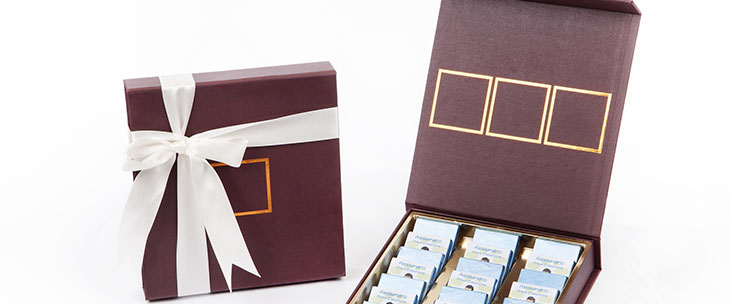
Circular economy and sustainable packaging We have seen this trend take hold in several industries, all over the country: from fashion to cars, Italian brands are questioning their practices to try and make them more sustainable. The concept of circular economy has become the center of intense debate and research worldwide and sustainable packaging design is an essential part of it. The idea of a circular economy is based on making sure the entire cycle of production and consumption of a product generates zero waste – or as little waste as possible. Therefore, packaging materials should be either entirely recycled and recyclable or reusable for different purposes once their original function has been exhausted. When done correctly, this kind of sustainable design can reduce a product’s footprint by 80%. Prevention is the best cure What this means, essentially, is that brands should be taking steps to prevent the worsening of the environmental crisis. And preventing this crisis from expanding is one of the best ways to contain it. We can’t all design systems that fish plastic waste out of the ocean, but we can do everything in our power (as individuals, as brands and companies, as designers) to stop generating tons of plastic waste every year and carelessly allowing it to end up in the ocean in the first place. And while governments can mostly impose bans or offer financial advantages to environmentally conscious companies and citizens, brands can be proactive about the sustainability of their products Saving our resources The brands that responded to Conai’s call offered innovative packaging solutions that not only aimed at cutting down on single-use plastics but also resulted in reduced CO2 emissions (by about 17%), lower energy consumption (by almost 30%) and about the same percentage of water being saved in the production process. Six projects were selected for each industrial cluster (steel, aluminum, paper, wood, glass, and plastic) and several innovative solutions were presented. While some companies focused on saving raw materials and energy, others worked on optimising processes and logistics, or on swapping newly sourced materials for recycled ones. Design plays a crucial role in creating more functional products, whose carbon footprint can be significantly reduced throughout their life cycle, from production to disposal. And Italy is ideally placed to use its world-renowned creativity as a force for good in the fight against climate change.






